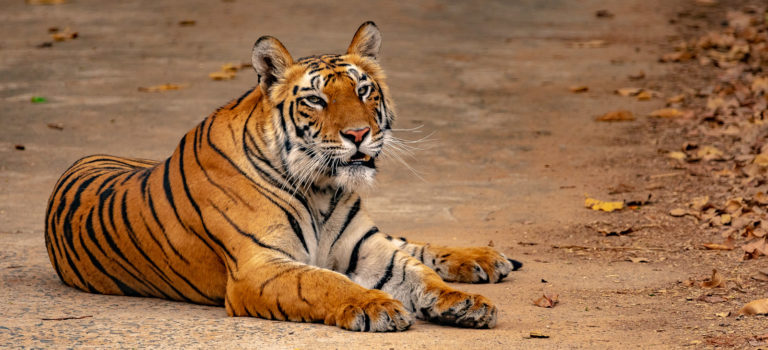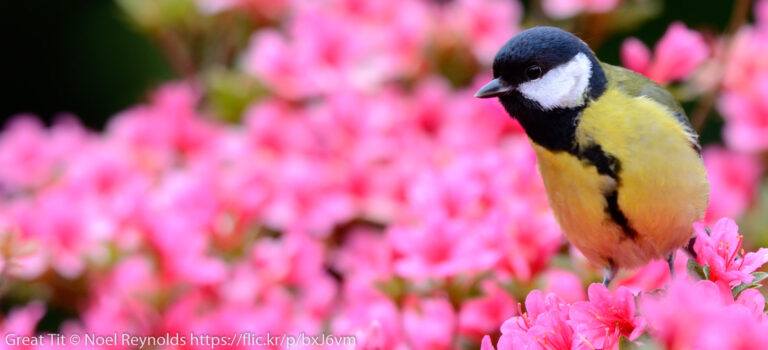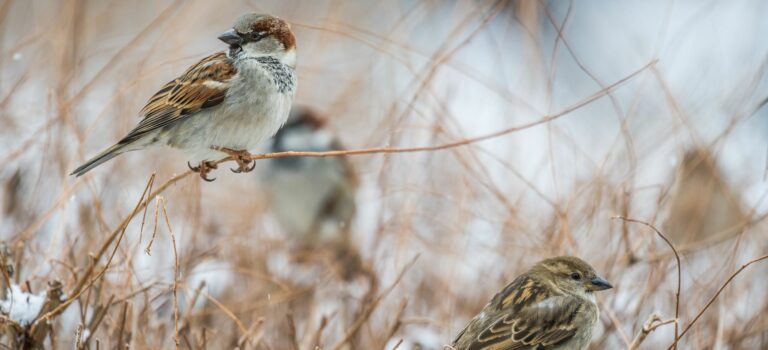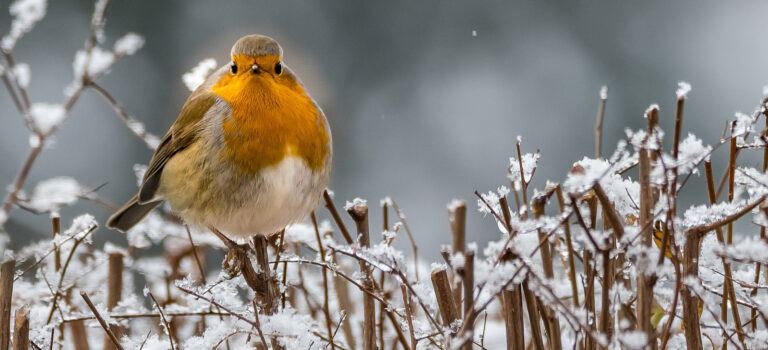
Birds


Great Tit
The largest and boldest of the common tit species, the Great Tit is an acrobatic and common garden visitor, famous for its incredible repertoire of calls and songs.
Scientific name: Parus major
Is there anything you’d like to know about Great Tits that isn’t covered here? Please ask us in the comments below.
I hear the Great Tit singing
Great Tit Singing, by Phil Soar
With it’s repetitious trill
And from the songs beginning
It went on with fluent skill
I listened quite intently
To determine where it sat
For the sound was almost friendly
And I’d like to tip my hat
Whilst sitting in the garden
I felt that I should say
‘Great Tit, I beg your pardon
You have really made my day’

Blue Tit
Acrobatic, inquisitive and colourful, Blue Tits are a garden favourite. They are one of the easiest garden birds to attract to nest with a suitable nest box, and they are a frequent peanut feeder once the dominant sparrows are gone!
Scientific name: Cyanistes caeruleus
Is there anything you’d like to know about Blue Tits that isn’t covered here? Please ask us in the comments below.
A blue-tit darts with a flash of wings, to feed
Where the coconut hangs on the pear tree over the well;
He digs at the meat like a tiny pickaxe tapping
With his needle-sharp beak as he clings to the swinging shell.Then he runs up the trunk, sure-footed and sleek like a mouse,
Summer-Like by George Orwell
And perches to sun himself; all his body and brain
Exult in the sudden sunlight, gladly believing
That the cold is over and summer is here again

House Sparrow
House Sparrows are cheery and gregarious visitors to gardens, never found far from humans. Their antics are fun to watch, although a small flock can be aggressive towards other birds and prevent them feeding, hence a ‘quarrel’ of sparrows!
Sadly they are becoming rarer with drastic population declines in recent years.
Scientific name: Passer domesticus
Is there anything you’d like to know about House Sparrows that isn’t covered here? Please ask us in the comments below.
On a little piece of wood,
Mr. and Mrs. Spikky Sparrow, by Edward Lear
Mr. Spikky Sparrow stood;
Mrs. Sparrow sate close by,
A-making of an insect pie,
For her little children five,
In the nest and all alive,
Singing with a cheerful smile
To amuse them all the while,
“Twikky wikky wikky wee,
Wikky bikky twikky tee,
Spikky bikky bee!”

Robin
Familiar to almost everyone, the Robin was recently voted Britain’s National Bird. This is no surprise since it can be very tame and a gardener’s favourite, and of course is a popular symbol of Christmas!
Scientific name: Erithacus rubecula
Is there anything you’d like to know about Robins that isn’t covered here? Please ask us in the comments below.
From the elm-tree’s topmost bough
Hark! the Robin’s early song!
Telling one and all that now
Merry spring-time hastes along;
Welcome tidings dost thou bring,
Little harbinger of spring:
Robin’s come!Of the winter we are weary,
Robin’s Come, by William Warner Caldwell
Weary of the frost and snow;
Longing for the sunshine cheery,
And the brooklet’s gurgling flow;
Gladly then we hear thee sing
The reveille of spring:
Robin’s come!